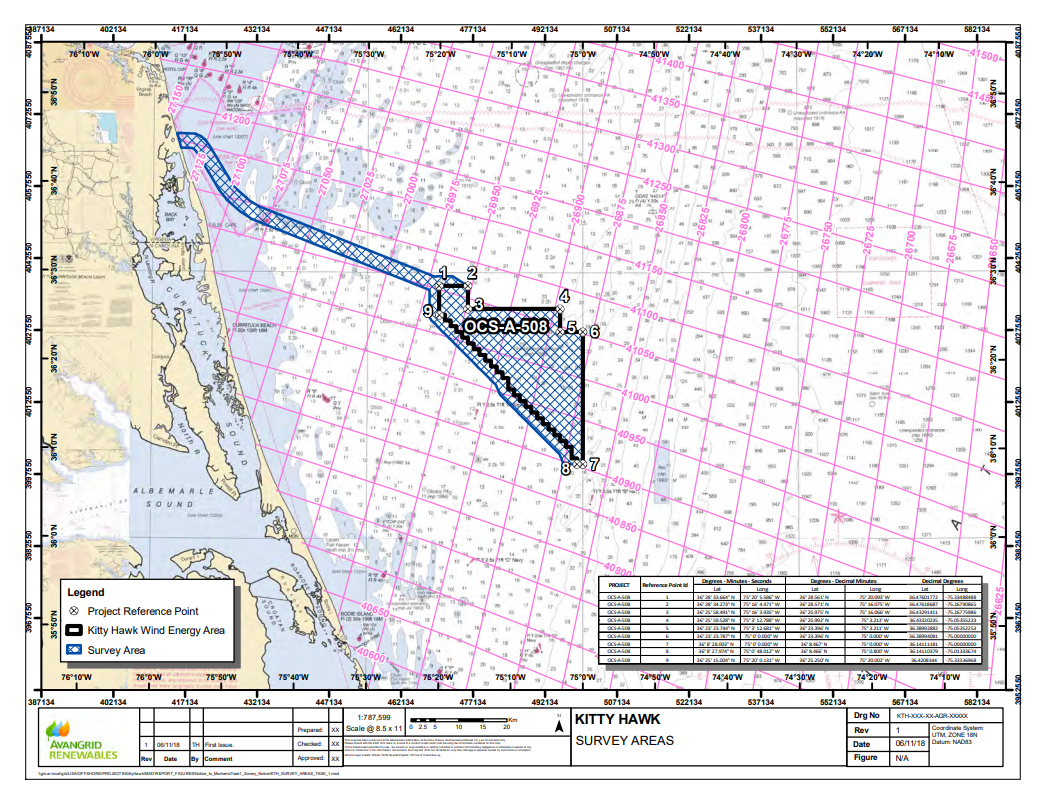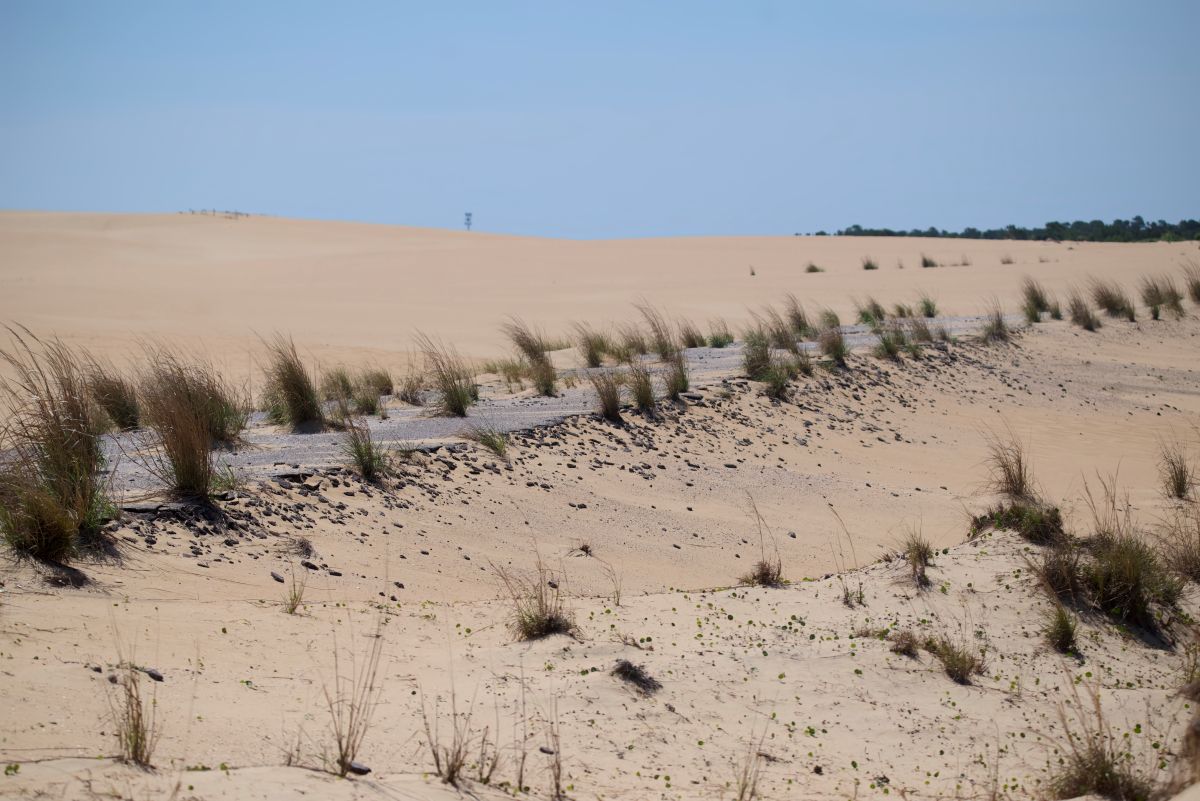
WASHINGTON — The Department of the Interior announced Thursday that the Bureau of Ocean Energy Management will conduct an environmental review of the proposed Kitty Hawk wind energy project off the North Carolina coast and three online public meetings have been scheduled for August.
The project, if approved, would be the first to operate offshore of North Carolina and has the potential to provide considerable economic benefits to the region during construction and throughout the project’s lifetime, officials said.
Supporter Spotlight
The project would make landfall in Virginia Beach and could eventually provide power to Virginia.
The Biden-Harris administration has committed to creating nearly 80,000 jobs through developing 30 gigawatts of offshore wind energy by 2030, and the North Carolina project is part of that plan.
“Offshore wind is a critical component of this Administration’s commitment to confronting climate change, creating thousands of good-paying union jobs, and jump starting our country’s transition to a cleaner energy future,” Secretary of the Interior Deb Haaland said in a statement. “These states are stepping up and working together to lift up this growing industry. At the Interior Department, we are doing our part to ensure all of these projects are done thoughtfully and with consideration of impacts to surrounding communities.”
BOEM has published in the Federal Register a notice of intent to prepare an environmental impact statement, opening a 30-day public comment period extending through 11:59 p.m. eastern time Aug. 30.
BOEM is to review a construction and operations plan submitted by Kitty Hawk Wind LLC for a commercial-scale, offshore wind energy project consisting of up to 69 total wind turbine generators, one offshore substation, inter-array cables and up to two transmission cables that will make landfall in Virginia Beach.
Supporter Spotlight
North Carolina has set goals to develop 2.8 GW of offshore wind energy off the state’s coast by 2030 and 8 GW by 2040. The state estimates that meeting that goal would power 2.3 million homes by 2040. Virginia enacted the Virginia Clean Economy Act in 2020, which sets a target of to produce its electricity from 100% renewable sources by 2045, with 5.2 GW of offshore wind energy by 2034. If approved, the Kitty Hawk project will contribute toward each state’s offshore wind goals.
Additionally, Virginia, North Carolina and Maryland have established the Southeast and Mid-Atlantic Regional Transformative Partnership for Offshore Wind Energy Resources, or SMART-POWER, to “promote, develop, and expand offshore wind energy generation and the accompanying industry supply chain and workforce” in the region. The administration said development of the Kitty Hawk wind project could help SMART-POWER promote the region as an offshore wind energy and industry hub and build the region’s supply of clean, renewable energy.
“The full economic benefits of offshore wind energy can only be realized if we all come together to advance responsible development of offshore wind,” said BOEM Director Amanda Lefton. “If approved, the Kitty Hawk offshore wind project will not only provide clean, reliable energy where it is needed most, it will help boost the region as a manufacturing and supply chain hub for the offshore wind industry.”
As part of BOEM’s environmental review, the agency must first identify what should be considered in the environmental impact statement, such as important resources and issues, potential impacts to the environment, reasonable alternatives and mitigation measures.
During the 30-day public comment period, BOEM will hold three virtual public meetings during the following dates and times:
- 5:30 p.m. Tuesday, Aug. 10.
- 1 p.m. Thursday, Aug. 12.
- 5:30 p.m., Tuesday, Aug. 17.
Visit BOEM’s registration page to register for the virtual public meetings.







